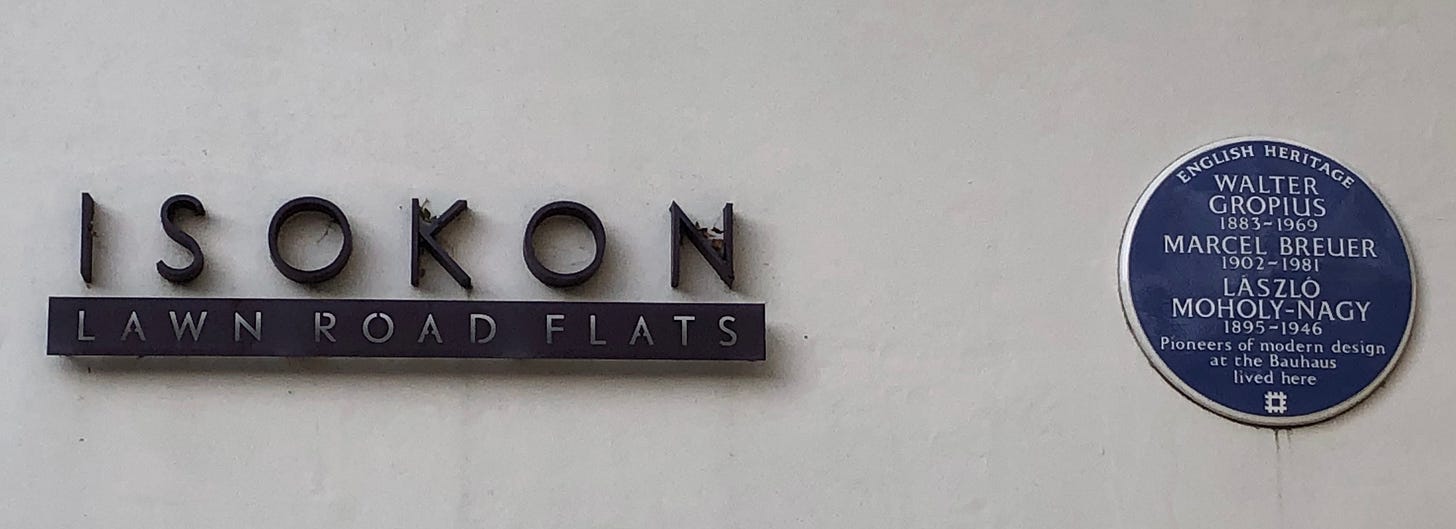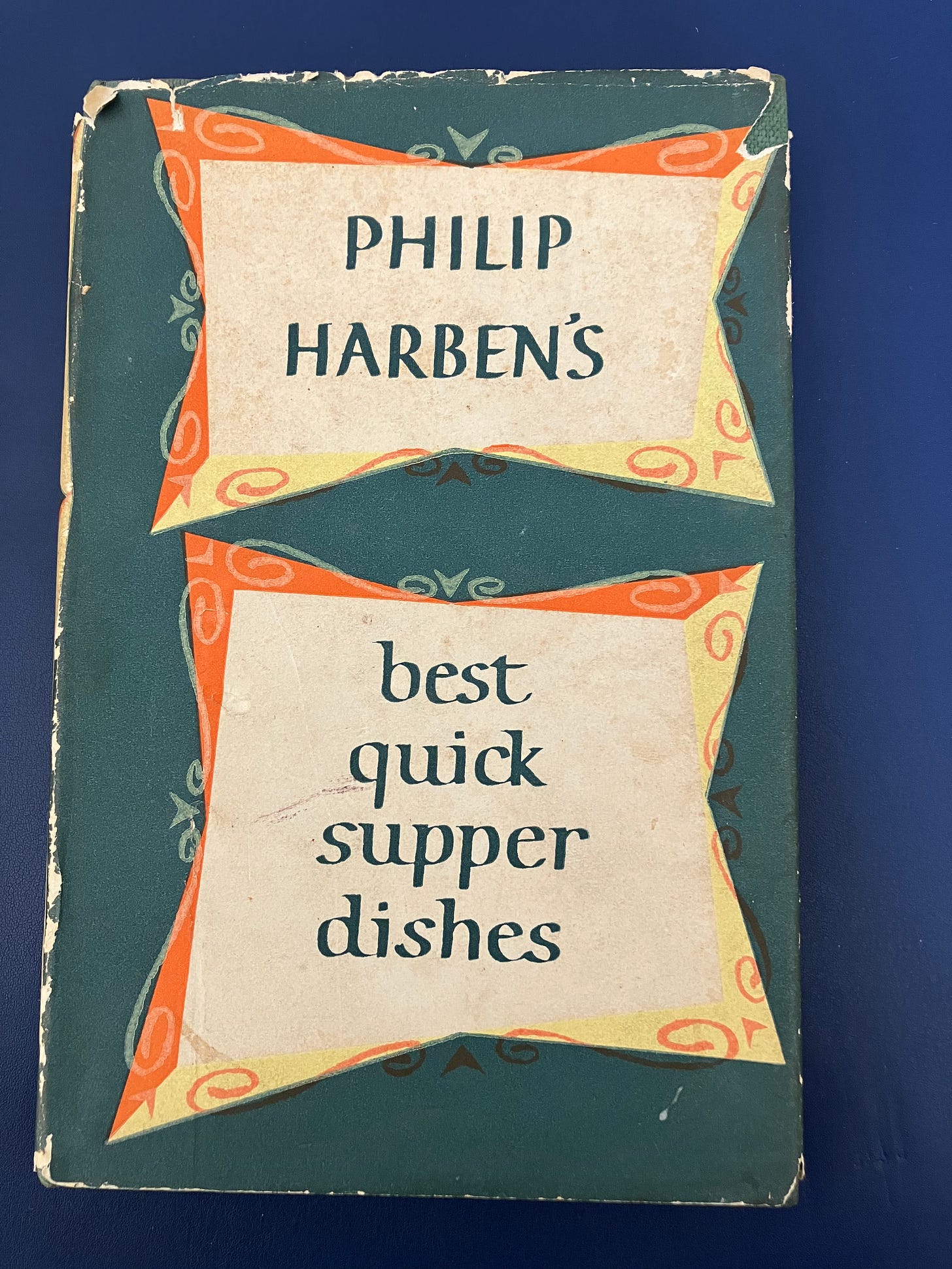Philip Harben
Early TV celebrity chef, photographer, feeding artists and Russian spies .... with good advice on how to poach an egg.
Perhaps you can’t remember seeing Philip Harben’s rotund and jovial figure on your TV screens but you might have heard of the The Philip Harben Award for Food in Action, one of the categories in the Pink Lady Food Photographer of the Year awards, 2024.
Philip Harben, born 1906, was a lonely child. His parents were both actors and left him in the care of the servants. He described how he gravitated to the kitchen where he could talk to the maid and the cook - ‘…. just an average cook. She was self taught; she was a roast-beef-and-yorkshire-pudding woman.’ Aged 8, finding her in a state of confusion trying to make fresh mayonnaise, he helped her out. Using a recipe from a book they went through it together, step by step. It worked. Little did anyone dream then that he would have a career in food writing and cooking for the public. He later claimed that he “could scramble eggs and make mayonnaise long before [he] could read Thucydides or solve a quadratic equation.”
After prep school and public school he worked in theatres and then as a photographer. One day he prepared the sandwiches and canapés for a press launch …
A character came up to me and and said he was very impressed. He asked me if I wanted to go and run his restaurant in Hampstead in the Isokon flats. It was called The Isobar.
He did not go there to cook but, after rows with the chefs, he found himself alone in charge of the kitchen. He was 31.
I took off my coat, rolled up my sleeves and had a go. It was all right, and I carried on like this. I learned everything by making my own mistakes. I discovered it wasn’t like cooking for yourself; you were doing things for particular customers. But it was a very informal place. I mean, I might ask one of the customers to come and help me shell the peas. I’d shout across from the kitchen, “I’m up the wall, can anyone give me a hand?” and they would.
The sort of thing we used to do was chicken stuffed with risotto and served with espagnole sauce. Terrine of hare, for example. This was just before the war, I remember, and Chamberlain was at Munich. All the tradesmen panicked. This time I served Ultimatum Salad. I had one lettuce, little pieces of chicken and meat and other odds and ends and I put it in one large bowl, with bits of fish and hard boiled egg and so on.
The customers came and said: “What’s this?”
“Ultimatum Salad, sir”
“What’s that?”
“You can either take it, sir, or you can leave it”
His customers certainly were an interesting group. The Isokon Flats in Lawn Road, Belsize Park opened in July 1934 as an experiment in minimalist urban living. Services such as laundry and shoe cleaning were provided and they were originally designed with a communal kitchen but this was later turned into a restaurant and members club. Residents arriving in the 1930s included Walter Gropius who was Controller of Design for the modernist Isokon Furniture Company and Dr Arnold Deutsch, the Russian agent who recruited the spy, Kim Philby.
Radical architecture, interesting food, a collection of Hampstead’s left wing intellectuals and local artists must have made for a fascinating community. Philip ran themed culinary events such as his week of Spanish food in 1938 which raised funds for the National Joint Committee for Spanish Relief. Louis MacNeice and Henry Moore attended. Exhibitions in The Isobar made it a regular salon for modernist artists and thinkers. Barbara Hepworth, Ben Nicolson and Naum Gabo and Nicholas Pevsner might have been seen reclining on the upholstered long chairs in the well stocked bar overlooking the gardens. There was a long waiting list for membership right up until the outbreak of war.
The war years saw him employed by BOAC (now British Airways) managing canteens and setting up test kitchens where his talent as a communicator was spotted by the BBC. He gave regular radio broadcasts for The Kitchen Front, produced his first book and then arrived on the television screens in 1946. His Wikipedia entry lists 20 titles as his publications. He also ran a commercial catering operation as well as a kitchen ware company. He appeared regularly on ITV from 1955 until 1969, the year before his death.
This little treasure is from 1958 and I note with some delight that it was printed by Ebenezer Baylis and Son, Ltd in Worcester. (I lived years ago in the street next to that print works. .. But I digress.)
The list of contents may seem alien these days as few of us sit down to relish smelts, bloaters or herrings even though we all know we should be eating more oily fish in our diets. But, in case you wish to try, please note he advises that the best herrings for bloatering are those landed at Yarmouth around the time of the last full moon in October. That is truly seasonal food!
There are just 63 pages of recipes ( no illustrations) and all originally appeared in Woman’s Own magazine. Most, he writes, can be cooked or finished in 20-30 minutes, many had been demonstrated on television within a 15 minute programme. The longest chapter features egg dishes and I have found his advice about poaching eggs to be invaluable.






